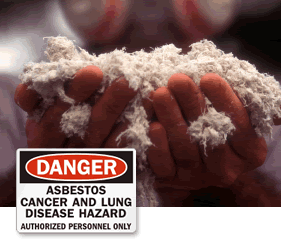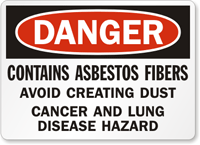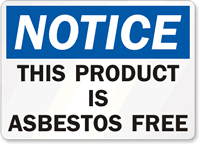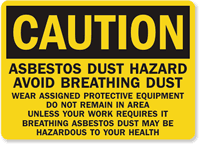Asbestos refers to naturally occurring minerals that contain silicate compounds, which feature both silicon and oxygen. Usually, asbestos appears as a whitish, fibrous material that can exhibit either a silky or rough texture. These fibers are resistant to heat, fire, and corrosive chemicals, do not conduct electricity, and are light and affordable
1. Consequently, asbestos is used in a number of occupations for a variety of products, like electrical and building insulation, floor tiles, building materials, and vehicle brakes and clutches
2. Certain industries, such as mining, construction, ship repair, and automotive repair, are especially reliant on asbestos materials. For instance, the construction industry uses asbestos to strengthen cement and plastics, and to related use in insulation, roofing, fireproofing, and sound absorption. Similarly, the shipbuilding industry uses asbestos to insulate boilers, steam pipes, and hot water pipes. Even the automotive industry uses asbestos in vehicle brake shoes and clutch pads
3.















